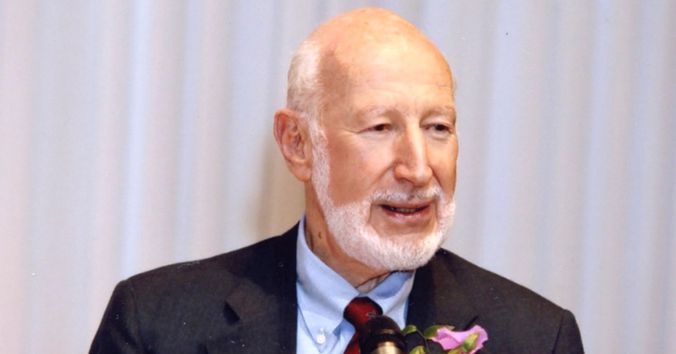
Norman Abramson, one of the pioneers behind wireless networks, has died at 88, The New York Times reports. Abramson and the team of graduate students and faculty he led were responsible for creating ALOHAnet, an early wireless network whose innovative techniques are still being used today in modern satellite, phone, and computer networks.
Abramson died of skin cancer that had metastasized in his lungs, according to The New York Times.
An engineer and student of communications theory — a discipline at the intersection of mathematics, information theory, and semiotics — Abramson studied at Harvard, and he received a master’s at UCLA and a PhD from Stanford. He was drawn to Hawaii partly because of his love of surfing, and in 1966, took a faculty position at the University of Hawai’i (UH) Mānoa’s College of Engineering. He rose to become chair of the school’s information and computer sciences department before retiring after three decades.
Hawaii helped give Abramson’s seminal project its name: ALOHAnet was created by Abramson and his collaborator Franklin Kuo, while teaching at UH. Like the wired ARPAnet, which served as the basis for the internet, ALOHAnet was designed as a system to connect UH to other colleges and universities to share research. It delivered packets of data over radio channels more efficiently by not needing to schedule a transmission. If a data packet wasn’t received, it would be sent again. Some of the ideas that originated in the ALOHAnet project would go on to be used in the development of Wi-Fi and Ethernet.
“There are very few people who had as significant an impact as Norm on the way the entire planet communicates and shares information today,” University of Hawai’i president David Lassner said in a memorial posted on the college’s blog. “Norm linked the islands of Hawaiʻi to each other and to the world, leaving a legacy at UH and beyond through his ideas and his students.”
Abramson is survived by his wife, son, and three grandchildren.
